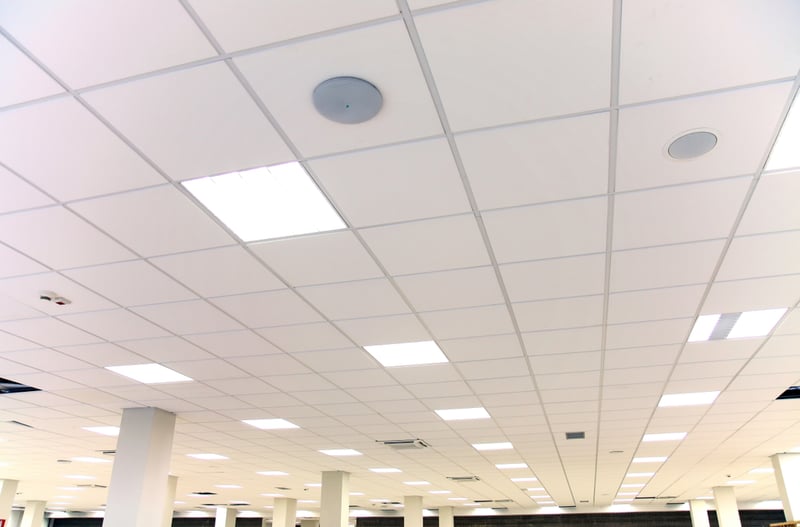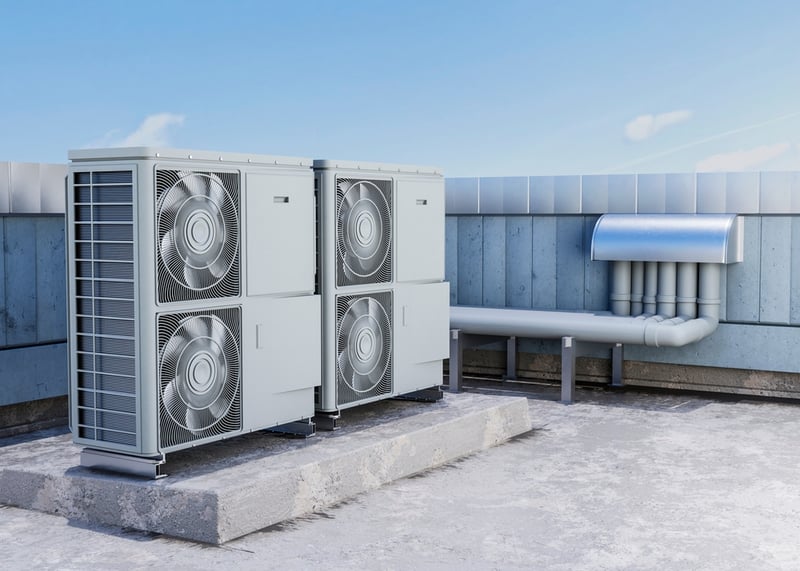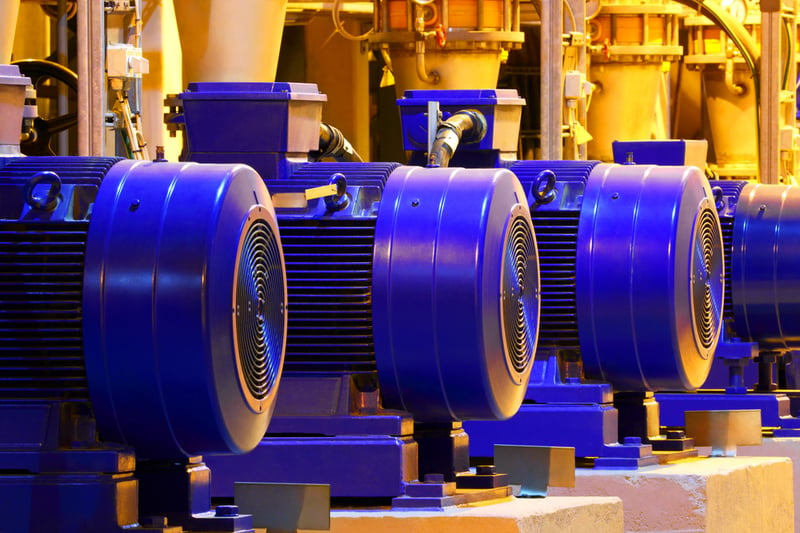Solar energy is a proven investment for building owners, especially in places with expensive electricity and financial incentives for renewable energy, like New York. A commercial solar panel can achieve a payback period of less than five years while also having a lifespan of more than two decades. You may even be able to reduce your upfront costs to zero by combining solar rebates with low-interest financing. The part of the project costs that is not covered by incentives can be spread out over time and loan payments can be covered with the savings obtained.
Make sure your commercial solar panel is professionally designed and qualifies for incentives.
Renewable generation can reduce your building's energy costs and carbon footprint, but using electrical energy efficiently is just as important. You can achieve a greater ROI by combining solar energy with energy efficiency measures, and in many cases you may qualify for additional incentives. Here we will discuss three building energy upgrades that achieve synergy with solar panels:
- Led lightning
- Heat pumps for space and water heating
- High-efficiency motors with speed control
1) Upgrade to LED lighting

LEDs and solar cells are similar in many ways: both devices are made from semiconductor materials, can reduce your energy bills, and offer a short payback period. LEDs convert electricity into light with high efficiency, and solar panels perform the opposite function, converting sunlight into electricity.
An LED lighting upgrade can achieve a payback period of less than three years, or even less than one year in buildings that operate 24/7. Depending on the type of lighting to be replaced, LEDs can achieve electricity savings of between 25% and 90%. High-quality LED fixtures can last more than a decade, and their typical warranty period is five years or more.
There are three main ways to upgrade a building's lighting system to LED:
- Lamp replacement, using existing equipment and wiring.
- LED retrofit kits, which modify the internal wiring of existing luminaires, preserving their housing.
- Complete light fixture replacements.
Direct bulb replacement and retrofit kits are recommended when you need to upgrade a lighting system to LED with minimal disruption, as you can maintain existing fixtures. This also means that light bulbs and retrofits are quick and affordable. Complete accessory replacements involve a larger investment, but you can also achieve slightly greater efficiency. A complete fixture replacement can be cost-effective if you are planning a major renovation in which you intend to completely upgrade your lighting system.
2) Heat pumps and solar panels achieve synergy

The heat pump can be described in simple words as an air conditioner operating in reverse. Both devices rely on a cycle of refrigerant compression and expansion, but a heat pump changes the direction of heat flow to achieve a heating effect. Some heat pumps are reversible, meaning they can double as air conditioners during the summer, and you can combine two HVAC systems into one piece of equipment.
Because a heat pump runs entirely on electricity, it can use the output of a commercial solar panel year-round. On the other hand, buildings that use conventional air conditioning in summer and combustion heating in winter can only offset their cooling costs with solar energy.
New York building owners gain an additional benefit by combining heat pumps with commercial solar energy – reducing their CO2 emission penalties under Local Law 97 of 2019 . Natural gas has a carbon footprint of 0.00005311 tCO2-eq/kBTU under LL97, while grid electricity has a carbon footprint of 0.000288962 tCO-eq/kWh, and building owners are penalized with US$ 268 for each metric ton of CO2 equivalent above its respective limit. However, solar electricity has a zero carbon footprint, and the same applies to heat pump systems that use it.
3) High efficiency motors with speed control

Commercial buildings use a lot of motorized equipment. This includes air handlers, chillers, cooling towers and pumping systems. The power consumption of these systems can be greatly reduced by replacing their motors with newer, high-efficiency units and adding speed control with variable frequency drives (VFD). A VFD can reduce input voltage and frequency to reduce motor RPM, which is very useful when they operate at partial load.
- To ensure you purchase high-efficiency motors, the best solution is to look for NEMA Premium Efficiency units.
- If you are replacing smaller electric motors (under 1 horsepower), you can look for electronically commutated motors (ECM), which have built-in speed control.
As a general rule, a variable discharge fan reduces its power consumption by a cubic factor when the engine speed is reduced. For example, if the speed is reduced to 80% of the rated RPM, the power consumption will be reduced to 51% (80% x 80% x 80%).
You can achieve even greater savings with high-efficiency motors if you also have a commercial solar panel. The consumption of motorized devices is directly reduced, and you can then compensate for their remaining consumption with solar generation (partially or completely). Operating electric motors directly with solar panels is not viable as their electricity output is variable. However, a grid-connected solar panel can cover your consumption while the grid provides voltage stability.

